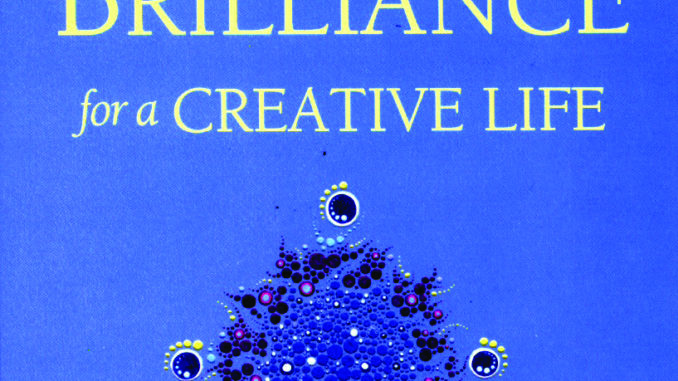
Bio Bites
By R. Gary Raham
A biologist-artist’s ruminations about our roles in a science-inspired world
Teresa Funke, a friend of mine, recently wrote an amazing book: Bursts of Brilliance for a Creative Life. (Victory House Press, 2019) It’s a book for the artist in all of us, be he or she a writer, visual artist, musician, or performer. She writes from experience as a writer and business owner, and dispenses advice seasoned with wisdom. One pronouncement caught my attention because I wasn’t sure if I believed it: “What if failure was a tool and not an outcome?” she asked. “What if it enabled us to simply see what did or did not work so we could improve our effort?” She went on to say that we allow success to be fluid—measurable in degrees—but define failure to be absolute.
In biology, I thought, failure is absolute. Failure is death without reproduction for individual organisms. For a species, failure is extinction: permanent eradication from the role call of living things. But then I had second and third thoughts. Individuals can certainly fail. Species can fail as well. But life goes on, as they say. That’s been true on planet Earth for at least the last four billion years or so. The ancient, intertwined network of life on Earth goes on because it adapts to adversity and evolves. Evolution uses failure (i.e. the death of individuals or entire species) as a tool to phase out genetic coding that doesn’t allow reproductive success under whatever conditions exist at a given time and place.
Evolution has succeeded through catastrophic changes of temperature and climate. The first cells didn’t need oxygen to thrive, for example. In fact, oxygen would have poisoned them. When some cells learned to capture the energy of light (photosynthesis) and combust carbon compounds, producing oxygen as a bi-product, the first cells had to head to the oxygenless hinterlands or die. Their descendants still survive—some of them in our own guts—but many of them failed in a world filling up with oxygen and died.
Single cells using oxygen to ramp up their metabolism soon became the norm. These tiny creatures ruled on Earth for 2.5 billion years. Then cells began to clump together into more complex associations: wormy and crawly things, many with shells. They began to make spectacular failures and evolve too—first in the oceans and then on land. Tiny green things produced roots, trunks, and leaves, and became forests. Animals grew legs, and lungs, and sometimes wings. A few found complex brains to be useful tools.
Radical change induces death and failure followed by the evolution of form and function under the new conditions. An asteroid struck the Earth 66 million years ago. Volcanoes coughed sulfurous clouds. Many things failed—including supersized dinosaurs—but small mammals took over, muscled up, filled out, and morphed into naked apes with delusions of grandeur, among other things. So failures—so far at least—and as far as life in its entirety is concerned, have not been absolute. Failure for living things, like success, can be measured incrementally.
But dodos, passenger pigeons, and non-avian dinosaurs are still dead and gone. Human beings are also not immune from eventual extinction. Evolution represents life’s creative force and constructive tool. Failure (i.e. death of individuals and entire species) is not only an option, it’s the only option—but it’s one that leads to new beginnings; to new creations. Funke’s insight for artists holds true for nature as well.
Support Northern Colorado Journalism
Show your support for North Forty News by helping us produce more content. It's a kind and simple gesture that will help us continue to bring more content to you.
BONUS - Donors get a link in their receipt to sign up for our once-per-week instant text messaging alert. Get your e-copy of North Forty News the moment it is released!
Click to Donate
